Results
-
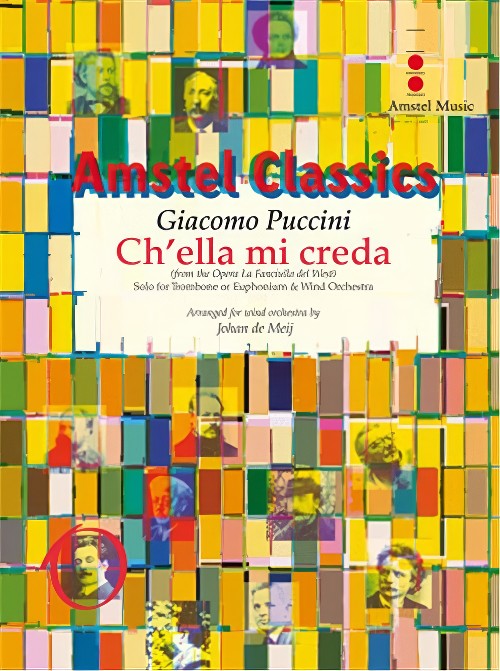 £73.00
£73.00Ch'ella mi Creda (Trombone or Euphonium Solo with Concert Band - Score and Parts) - Puccini, Giacomo - De Meij, Johan
Ch'ella mi creda libero e lontano is the last aria that tenor-role Dick Johnson (the bandit Ramerrez) sings before his death sentence is carried out. Puccini's opera La Fanciulla del West is set in America's Wild West. The impressionistic-inspired opera separates this opera from most of Puccini's other works. Johan de Meij's arrangement uses the solo trombone in the role of the bandit Ramerrez. Duration: 2.30
Estimated dispatch 7-14 working days
-
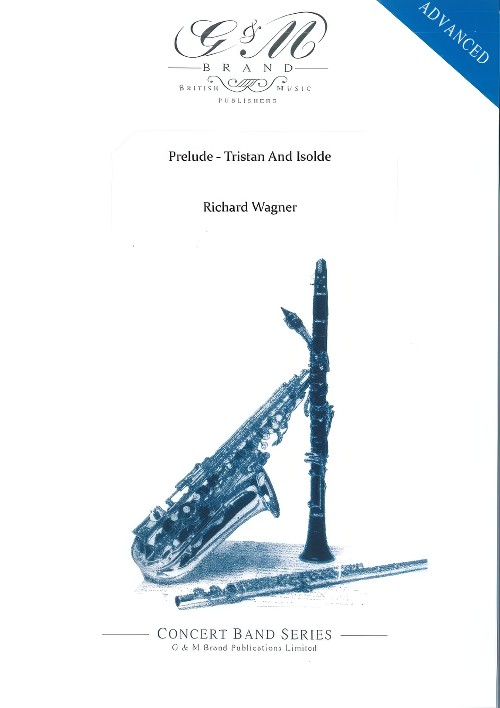 £84.95
£84.95Prelude - Tristan And Isolde (Concert Band - Score and Parts) - Wagner, Richard - Brand, Geoffrey
Wagner finished the first act of 'Tristan and Isolde' on the last day of 1857 and two years later he finished the entire opera. Yet it was not until 1865, after various disasters had prevented the piece being performed, that it was heard in public and the sensational opening of the?Prelude?at a stroke created a different harmonic framework for late 19th century music and beyond.
Estimated dispatch 7-14 working days
-
 £16.95
£16.95Prelude - Tristan And Isolde (Concert Band - Score Only) - Wagner, Richard - Brand, Geoffrey
Wagner finished the first act of 'Tristan and Isolde' on the last day of 1857 and two years later he finished the entire opera. Yet it was not until 1865, after various disasters had prevented the piece being performed, that it was heard in public and the sensational opening of the?Prelude?at a stroke created a different harmonic framework for late 19th century music and beyond.
Estimated dispatch 7-14 working days
-
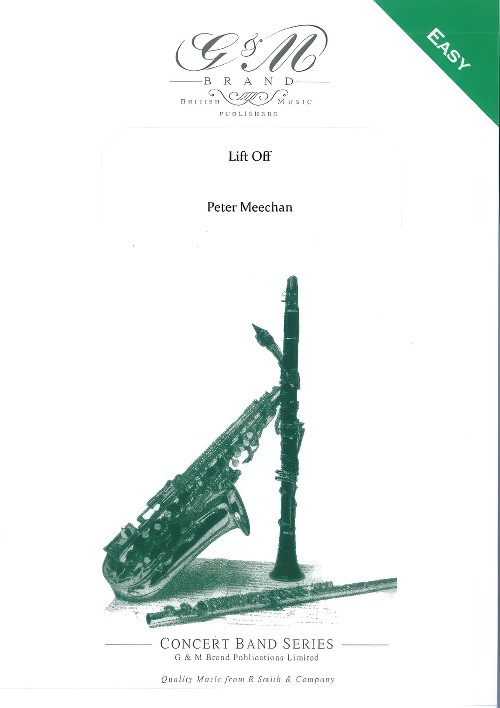 £44.95
£44.95Lift Off (Concert Band - Score and Parts) - Meechan, Peter
Lift Off! is a short suite of descriptive pieces, all inspired by a short flight from Manchester, England to Brussels. In the first movement we hear the engine start, and after the plane has moved into position, it takes off. The second movement depicts the beautiful view of the clouds from above. It all seems timeless and you don't even feel as if you are moving. The last movement starts nervously (I'm not a great flier!), as the plane begins its descent from the sky. However, as we land safely back on earth, the piece ends in a flurry of excitement and triumph, returning to a theme heard in the first movement.
Estimated dispatch 7-14 working days
-
 £8.95
£8.95Lift Off (Concert Band - Score Only) - Meechan, Peter
Lift Off! is a short suite of descriptive pieces, all inspired by a short flight from Manchester, England to Brussels. In the first movement we hear the engine start, and after the plane has moved into position, it takes off. The second movement depicts the beautiful view of the clouds from above. It all seems timeless and you don't even feel as if you are moving. The last movement starts nervously (I'm not a great flier!), as the plane begins its descent from the sky. However, as we land safely back on earth, the piece ends in a flurry of excitement and triumph, returning to a theme heard in the first movement.
Estimated dispatch 7-14 working days
-
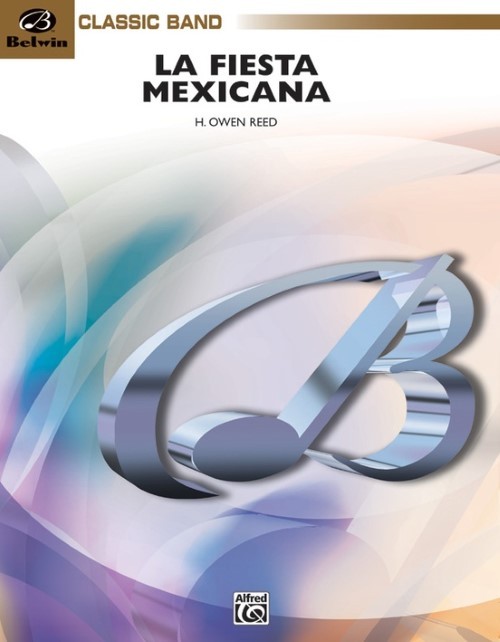 £98.50
£98.50La Fiesta Mexicana (Concert Band - Score and Parts) - Reed, Owen
Following a year of studying Mexican folk music, Reed created this work which is subtitled A Mexican Folk Song Symphony for Concert Band. Set in three contrasting movements, the entire work musically portrays a religious festival. The variety of textures is evident from the beginning of the first movement entitled "Prelude and Aztec Dance." The second movement, "Mass," is more sombre and reflective. "Carnival," the last movement, is joyous and invigorating.Duration: 22.00
Estimated dispatch 7-14 working days
-
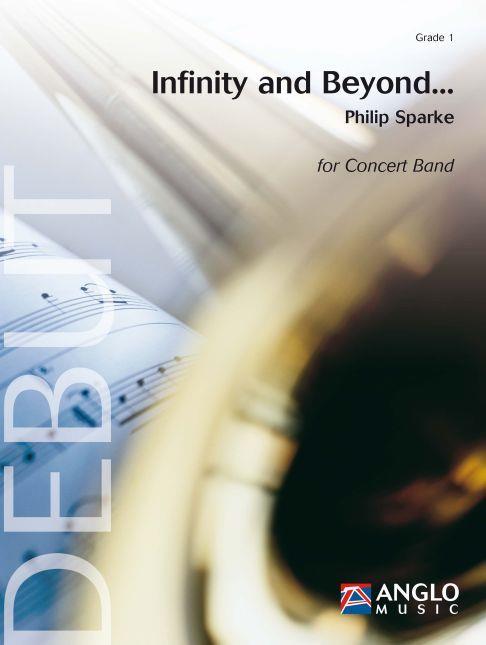 £69.99
£69.99Infinity and Beyond... (Concert Band - Score and Parts) - Sparke, Philip
The last decades of the 20th century saw man's first steps in space exploration. Since the first moon landing by Neil Armstrong in 1969, these adventures in outer space have captured the public's imagination and have given birth to scores of science fiction movies, books and TV series that have tackled the subject. Infinity and Beyond... takes as its inspiration the wonderful film scores of composers such as John Williams and Jerry Goldsmith, who have almost invented a style which could be called 'space music'.Opening with a rhythmic bass figure, Infinity and Beyond... begins with a robust introduction in 3/4, which leads to the main theme in 4/4, played by the full band. A short bridge passage, utilising the interval of a fourth, leads to a modal central section, featuring first the trumpets and then played by the whole band; this in turn leads back to a repeat of the introduction until the main theme returns to bring the piece to a close.Duration: 3:00
Estimated dispatch 7-14 working days
-
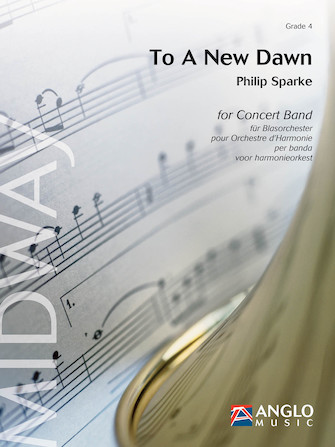 £152.99
£152.99To A New Dawn (Concert Band - Score and Parts) - Sparke, Philip
To A New Dawn was commissioned by the United States Continental Army Band - Captain Timothy J. Holtan, Commander and Conductor.The brief was for a piece to celebrate the 3rd Millennium and it was the composer's aim to provide a work which, as well as looking forward to the challenges of the new century, also contained moments of reflection about the last one.After a bright introduction featuring the trumpets a perky theme, passing quickly through several keys, appears on the woodwinds. A solo trumpet takes up a new theme over bubbling quavers (eighth notes) and this leads to a rhythmic figure on low clarinets, followed by the upper woodwinds. A brass interlude follows and, after a short bridge passage, an oboe takes up a contrasting legato tune that builds to a climax.An andante section follows with solos for horn and flugel horn (or trumpet) and a florid flute cadenza. A passionate climax leads back to the faster music and, eventually, to a full recapitulation, revisiting the earlier material before a lively coda close the work as it began.Duration: 9:40
Estimated dispatch 7-14 working days
-
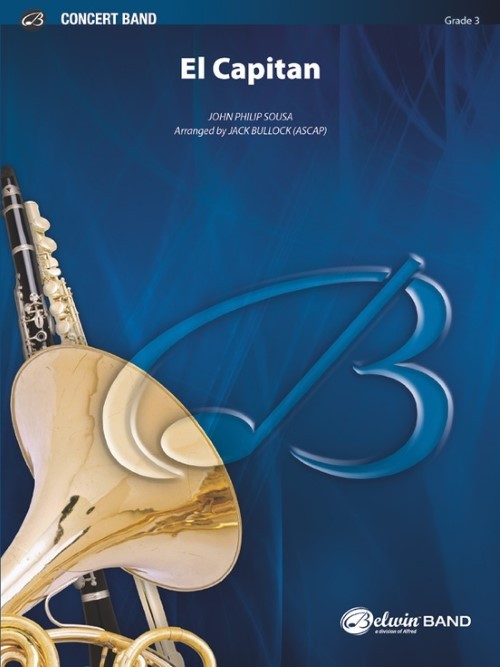 £64.50
£64.50El Capitan (Concert Band - Score and Parts) - Sousa, John Philip - Bullock, Jack
When one thinks of "marches," one almost automatically thinks of John Philip Sousa. Perhaps the greatest march writer of all time, he composed literally hundreds of these works. El Capitan ranks high in his list of classics. The first several strains are written in six-eight, and the last strains in two-four, giving a unique change of character. This scoring has reduced the technical difficulties while keeping the integrity of this well-known work. Duration: 2.20
Estimated dispatch 7-14 working days
-
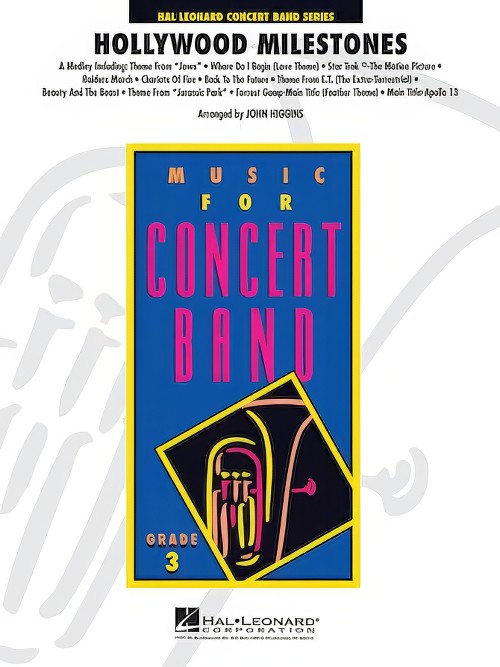 £72.99
£72.99Hollywood Milestones (Concert Band - Score and Parts) - Higgins, John
A blockbuster medley that includes some of the best musical icons from the last twenty-five years of film history. Includes: Theme from Jaws; Where Do I Begin (Love Story Theme); Star Trek - The Motion Picture; Raiders March; Chariots of Fire; Back to the Future; Theme from E.T.; Beauty and the Beast; Theme from Jurassic Park; Forrest Gump - Main Title; Main Title - Apollo 13.
Estimated dispatch 7-14 working days
